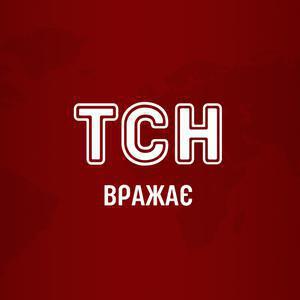Russian President Vladimir Putin has expressed willingness to discuss a cease-fire in Ukraine with U.S. President-elect Donald Trump. However, Putin says this would need to be under specific and stringent conditions.
His proposal includes freezing the conflict along the current front lines, allowing Russia to retain significant territory, including Crimea and large portions of the Donetsk, Luhansk, Zaporizhzhia and Kherson regions.
These areas account for nearly 20% of Ukraine’s territory, an expanse roughly equivalent to the size of Virginia. The territory also includes critical land routes to Crimea.
Putin ruled out returning Crimea or making any major territorial concessions and insisted Ukraine abandon its ambitions to join NATO.
The Kremlin’s conditions reportedly include limits on Ukraine’s military size and assurances to protect the use of the Russian language. While Moscow is open to offering security guarantees for Ukraine, it insists on the complete absence of NATO forces or influence within the country.
The Kremlin’s stance reflects its broader objective of solidifying territorial gains while countering what it perceives as NATO’s encroachment. Putin has characterized the conflict as a pivotal moment in resisting Western influence in regions Moscow considers part of its sphere of control. However, NATO has emphasized that its members join voluntarily.
Potential negotiations could resemble a 2022 draft agreement discussed during the Istanbul talks. Those talks proposed Ukrainian neutrality in exchange for international security guarantees from U.N. Security Council members.
However, Kyiv remains steadfast in its demand for full territorial sovereignty, including the return of Crimea.
Reports from the front lines indicate that fighting has intensified. Russian forces have made their fastest advances since the early days of the war, further complicating the prospect of a cease-fire. The Kremlin has stated that if no agreement is reached, military operations will continue.
Putin retains decisive control over any potential negotiations, reflecting the centralized decision-making within the Kremlin. While a temporary truce may be achievable, analysts widely agree a comprehensive peace agreement addressing both sides’ security concerns remains unlikely.














































